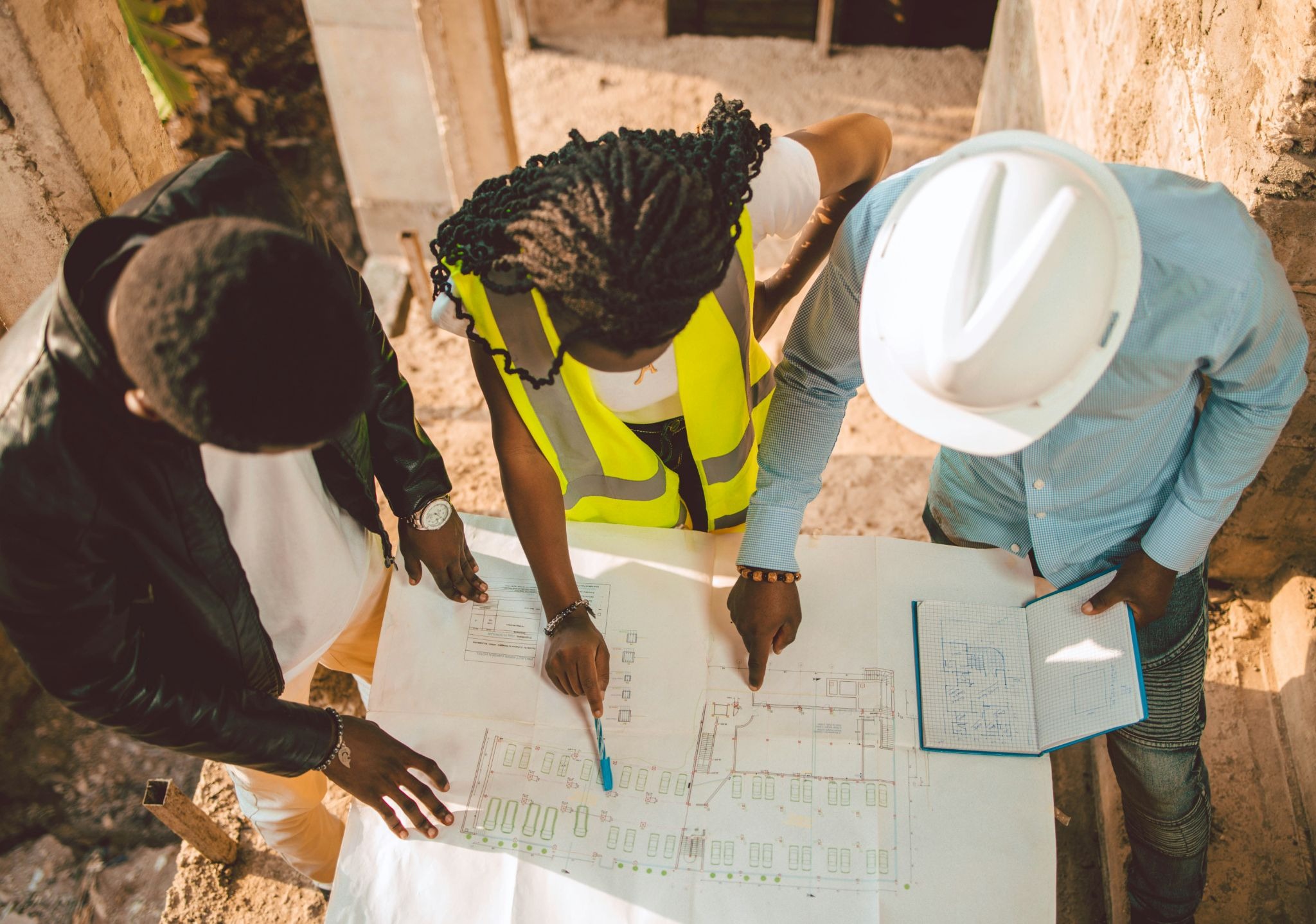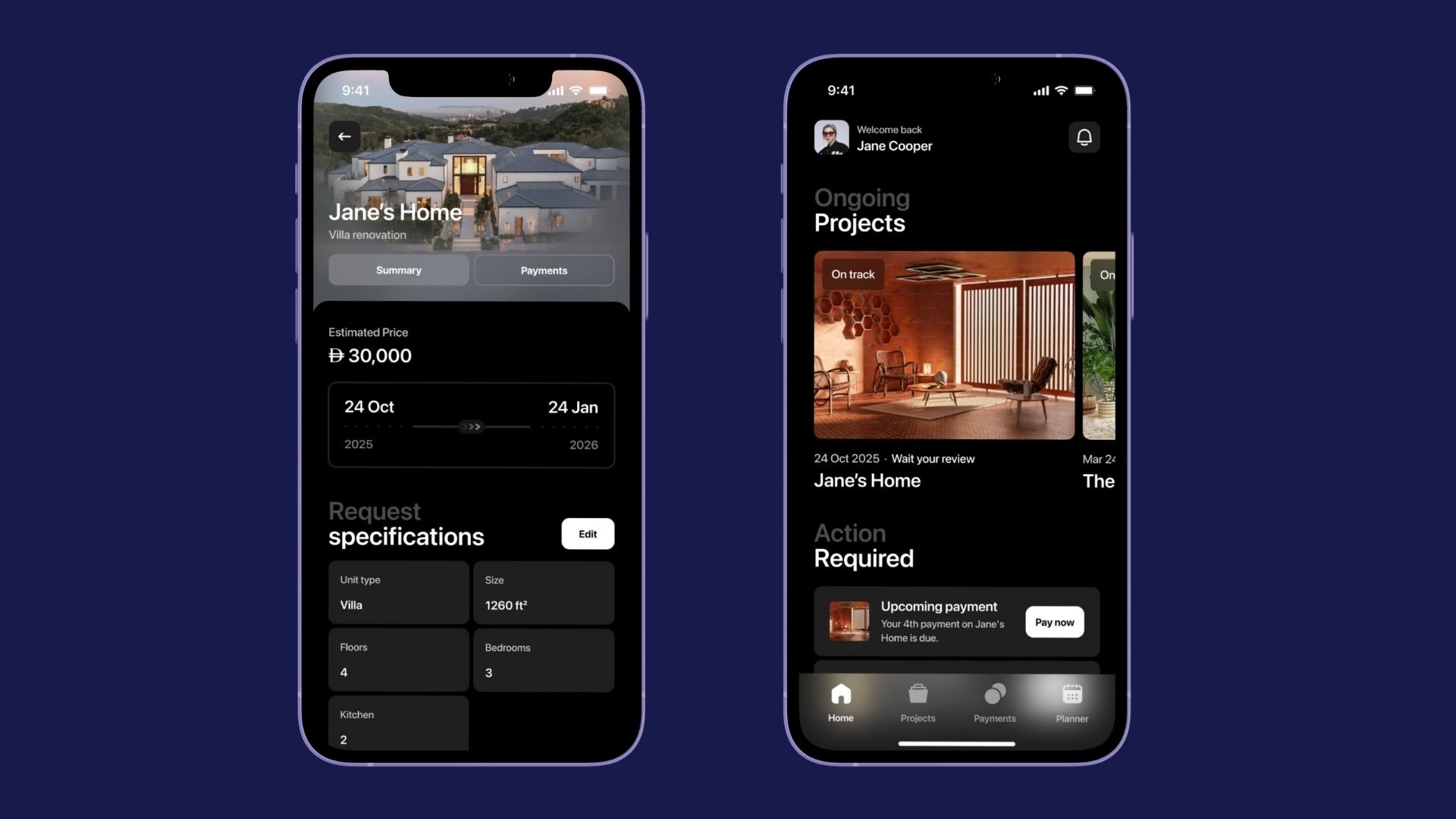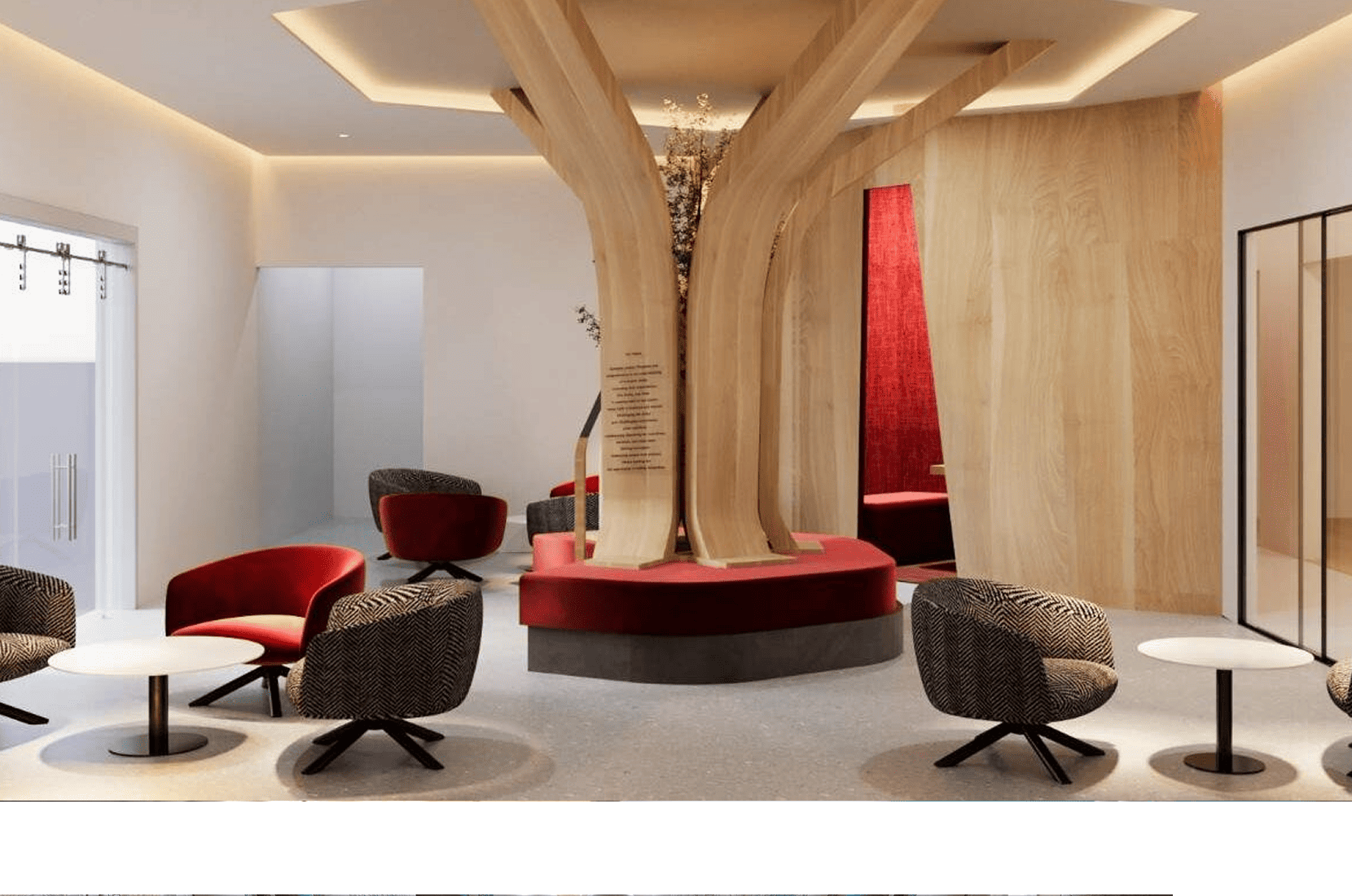Building Meaning: The Subtle Art of Project Management

Noise.
Ideas overlap, instructions mix, priorities shift before they take shape.
What we call management is often an act of translation. It means interpreting words, noticing pauses, reading gestures, and turning scattered intentions into coordinated action.
Architects work within that tension.
We listen more than we speak.
We sense needs before they are expressed.
We navigate between vision and reality, between urgency and precision.
There is no perfect sequence, only adjustment.
Plans evolve, drawings change, people rethink decisions.
Our role is to protect intent while everything around it moves.

Every project begins as a sketch, a thought about space and time.
Then come the variables: materials, rules, budgets, weather, people.
Each adds its own rhythm and resistance.
The real craft is to bring them together without losing direction.
In this field, precision doesn’t mean rigidity; it means tolerance.
Every building allows for a margin of movement, millimeters that decide whether parts align or systems connect.
The same applies to people. Tolerance defines how much strain a team can handle before focus starts to break.
Empathy becomes a structural element, as necessary as any material. It keeps connection intact when pressure or fatigue take over.
Without empathy, no framework holds for long. It allows design to survive complexity without losing clarity.

Technology expands what we can do but doesn’t replace judgment.
BIM models, ERP systems, and AI tools organize data, but they can’t read hesitation.
They move fast but erase nuance.
A model can represent a structure, but it can’t sense doubt in a meeting or hesitation in a decision.
Architecture still depends on presence. The intelligence that happens when people gather around a drawing and decide what will stand.
At RENO, we’ve learned that management is less about oversight and more about connection.
It relies on empathy as much as accuracy.
Projects succeed when communication stays open, when the process becomes a shared language between architects, builders, and clients.
Our experience keeps confirming that what lasts is not control but understanding, the kind that joins precision with care, ambition with patience, and progress with purpose.

I used to wonder why we call it the art of project management at all. And why use the word art.
It took time to see that what we manage isn’t just process, but the alignment of ideas, people, and intent.
If it takes a village to raise a child, it takes a collective of minds, skills, and temperaments to elevate a project.
It isn’t a checklist. It’s a mindset.
Technique builds.
Insight sustains.
And RENO is the space where that alignment becomes real.
Where noise becomes trust.

.png)


